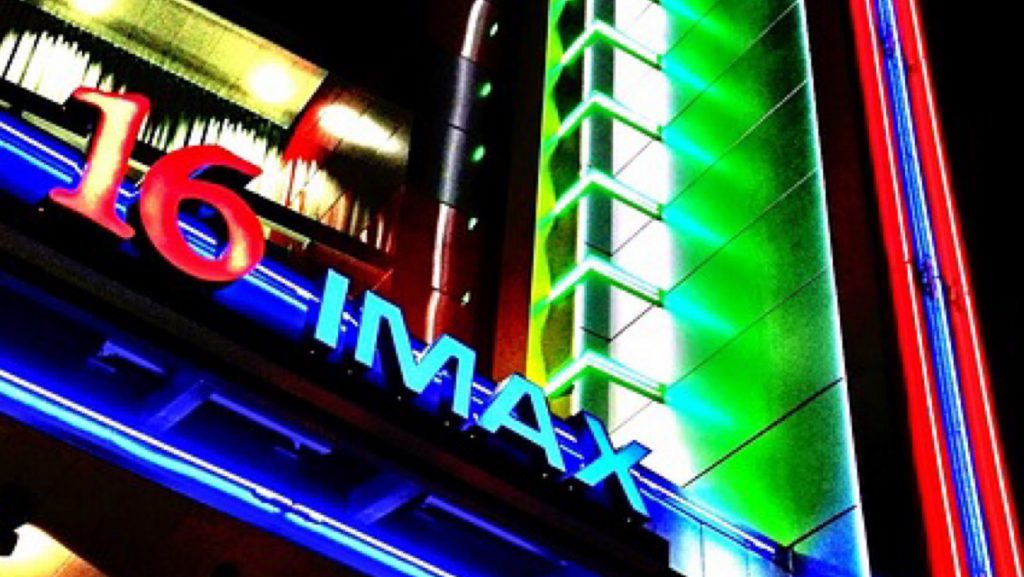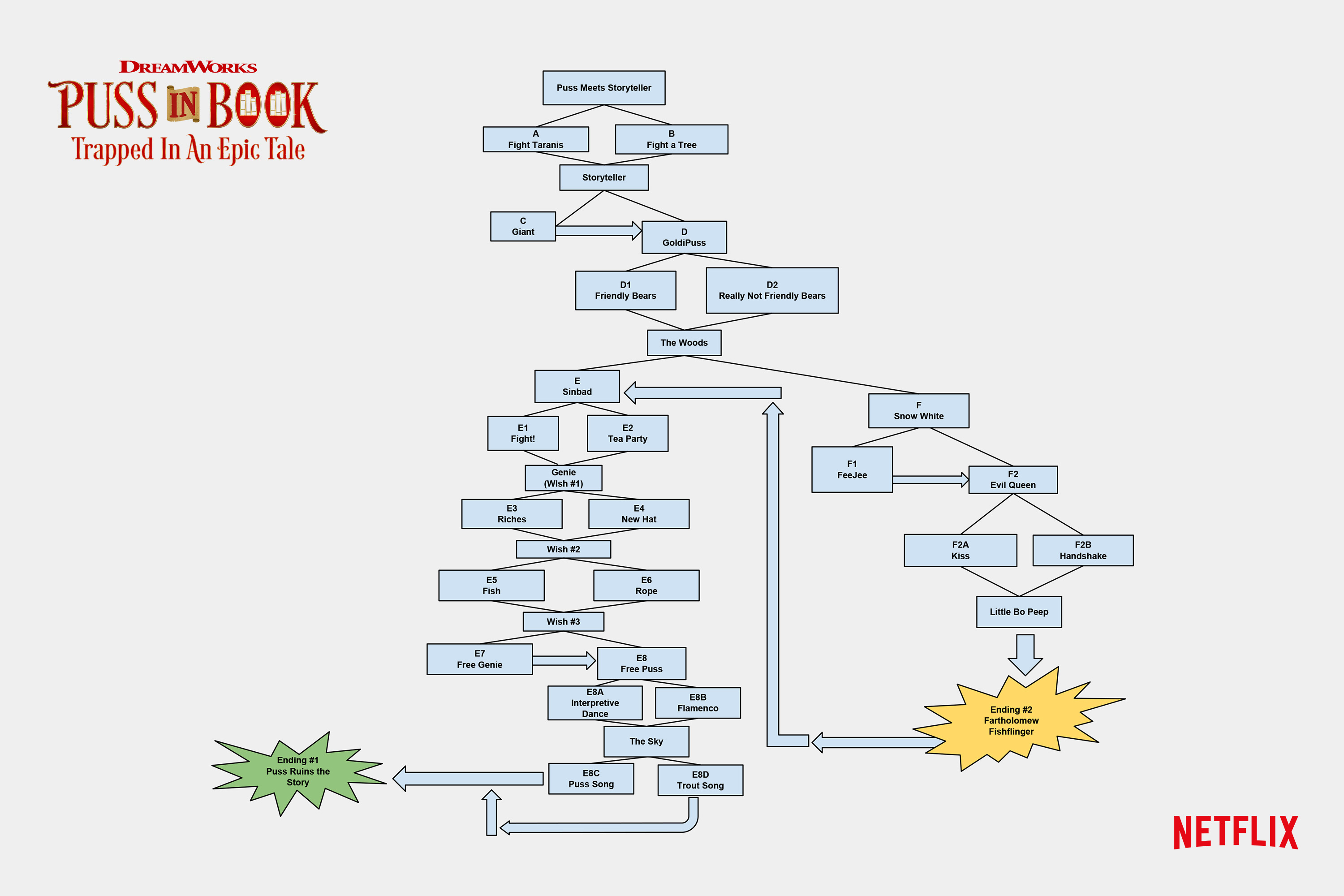
Less than two weeks after a terrorist exploded a shrapnel bomb, killing 22 and injuring over one hundred, at her Manchester show, Ariana Grande returned to give the British city a star-studded benefit concert called One Love Manchester.
The 37-song three-hour concert featured Justin Bieber, The Black Eyed Peas, Coldplay, Miley Cyrus, Marcus Mumford, Niall Horan, Little Mix, Katy Perry, Take That, Imogen Heap, Pharrell Williams, Robbie Williams, and hometown hero Liam Gallagher. 50,000 people attended, and millions watched on television and Facebook, Youtube and Twitter around the world. Melvin Benn of Live Nation’s Festival Republic and BBC Studios put the production together in eight and a half days.
Ariana was devastated by the May 22, 2017, attack, posting on Twitter: “broken. from the bottom of my heart, i am so so sorry. i don’t have words.”
She then vowed to return:
“I’ll be returning to the incredibly brave city of Manchester to spend time with my fans and to have a benefit concert in honour of and to raise money for the victims and their families.”
She told her manager: “Scooter, if we do nothing I can’t live with that. We must do something.”
After Saturday night’s deadly attacks in London and concern that the concert might be cancelled, Scooter Braun, Ariana’s manager, issued a statement that the show would go on:
“After the events last night in London, and those in Manchester just two weeks ago, we feel a sense of responsibility to honor those lost, injured, and affected. We plan to honor them with courage, bravery, and defiance in the face of fear. Today’s One Love Manchester benefit concert will not only continue, but will do so with greater purpose. We must not be afraid, and in tribute to all those affected here and around the world, we will bring our voices together and sing loudly. I am pleased to say we have the full support of Greater Manchester police and the government and are assured the safety of all those attending is the highest priority. All artists involved have been unwavering in their support this morning and are determined to carry on with the show. We ask the strong city of Manchester and the world to join us in making the statement that hatred and fear will never win. Today we stand together.”
Ariana closed out the concert with a moving rendition of Somewhere Over the Rainbow. (She also sang this song almost a decade before, in much different times.)
Watch the full concert video posted on Ariana’s Facebook page.
Donate directly to the We Love Manchester Emergency Fund or the Canadian Red Cross.
My take: this concert was a powerful, heartfelt response to a reprehensible terrorist attack. Kudos to Ariana Grande for pulling it together and the artists who joined her. I think this will go down in history as a era-defining, historic concert, on par with The Concert for Bangladesh and Live Aid.










